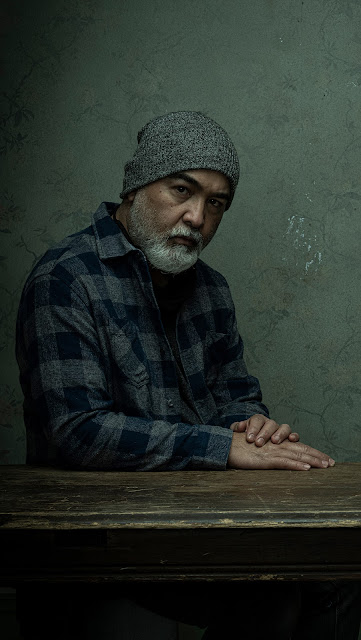Digi-Tech Q&A with Jimmy Fikes
This Q&A series is all about shining a spotlight on people in the industry. The goal is to learn about them and share their insights with you. There are many talented people in various markets around the world, and hopefully this series will help you get to know them better.
Q: Who are you, where are you based and what type of jobs do you work?
Jimmy Fikes. Los Angeles but will travel.
Generally, portrait based jobs. Athletes, Celebrities, Editorial, Advertising. But have done some product and architecture as well.
Q: How did you become a Digital-Tech and how long have you done it?
I used to work for a digital tech company as the post production guy scanning, printing and retouching. It got busy enough to rope me in as a tech when it got extra busy. This was 2009. Had a celebrity editorial right out the gate. So extra pressure vs shooting only product.
Q: What do you like most about your work; what do you like least?
Honestly, I dig the people I work with the most. Especially when we get to team up often. I come from an older guard when photo teams were always the same people.
It's less and less of that these days. But when I get to work with regular crews, it feels like the band is back together and it gets more fun for me.
What I like least is chasing payments. Especially since the work has been handed off weeks/months ago. There's always someone asking how quickly it will take to get their (files/drives) but someone always seems to be on vacation when 30 days comes around and I reach back out about payment.
Q: What do you feel is important to learn for anyone starting out or what do you wish you knew when starting?
You always need to stay up to date and continually learn what's new on this job. Just when you thought you got it down, it shifts. Whether its cameras, software, computers, sensor chips, tethered Zoom calls, etc. it's always changing.
So you have to prepare yourself as best you can. And don't ever believe anyone who says you have plenty of time to do what you need to do.
You need to discipline yourself to do all this as quickly and accurately as possible. Ask all the questions before you start a job (processing specs, metadata, keywords) (working environment: access to electricity, outside in the sun all day, etc...) and hopefully you're working with a production that can get that info. Many just can't or don't.
But if you can get it, you can show up to set and pretty much be ready to shoot. Because your processing outputs have been set up. The PDF of meta is easy to just copy and paste and you can get those hard drive back ups synced as early as possible because you've asked them to get you the drives as early as possible. (sometimes that's the moment that they find out that they need to get drives)
So when those two extra back up drives are given to you at the end of the shoot day with processed files (that the client didn't tell you about) you should still be able to accommodate.
And when they don't tell you any of the info you need....but you've disciplined yourself to work fast and accurately, you should still be in a good place.
Q: What’s one item in your kit you can recommend to everyone?
Belkin's 8 outlet swivel power strip surge protector. Between powering your computer, monitor, thunderbolt hubs, back up batteries, and the client's phone, this is the one tool that allows me to charge it all, even when the photographer gives you 3 brick size battery chargers. Just swivel it so it doesn't block the other outlets and you're gold.
Q: What piece of equipment would you like to never see on set again?
USB 3 or older drives.
Q: If you could change one thing about the industry, what would it be?
Photographers that prefer that techs use the photographer's computers. 90% of the time, mine is faster and set up to work more quickly than theirs. 10% of the time, I have to check what shape their computer is in regards to available space, available software, usually everything is set to default vs tuned to be more functionally faster in the field. One time a photographer had a fried port. Another time, only had 20% space left. *Sigh
Q: What was your best day on set?
There are so many great days.
But the one that stands out that I can speak about is shooting on Diamond Beach in Iceland. It was like being on another planet.
Q: How do you explain what you do for work to family/strangers?
I'm the guy running the computer/monitor who stands between the photographer and a creative director on high end photo shoots.
Jimmy Fikes
@thejimmyfoto
www.pickreative.com
To see others in the Q&A click HERE










